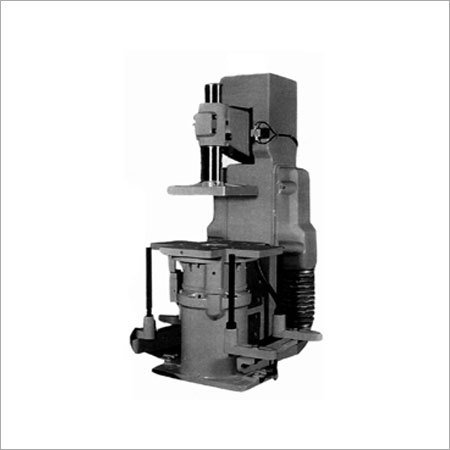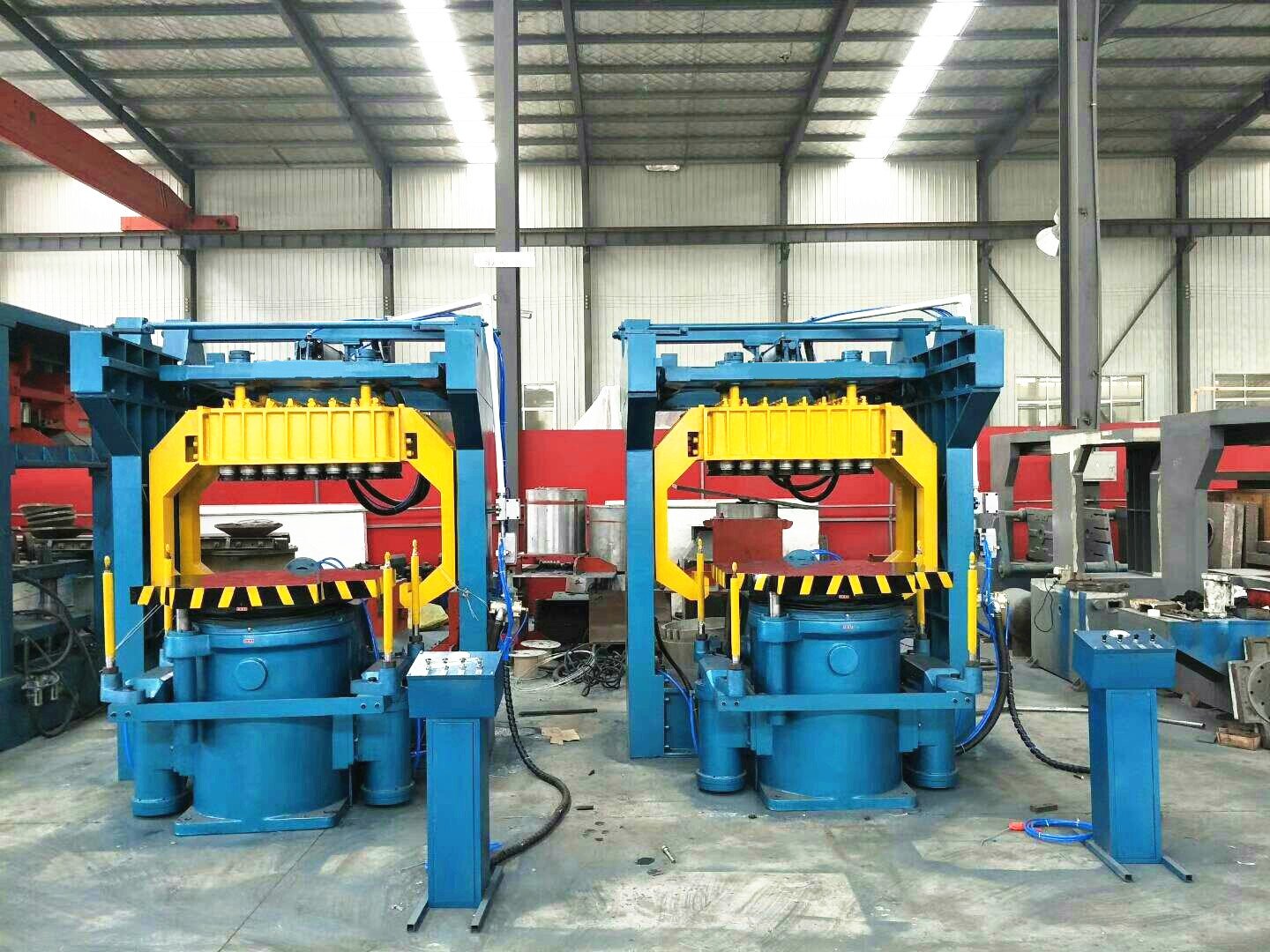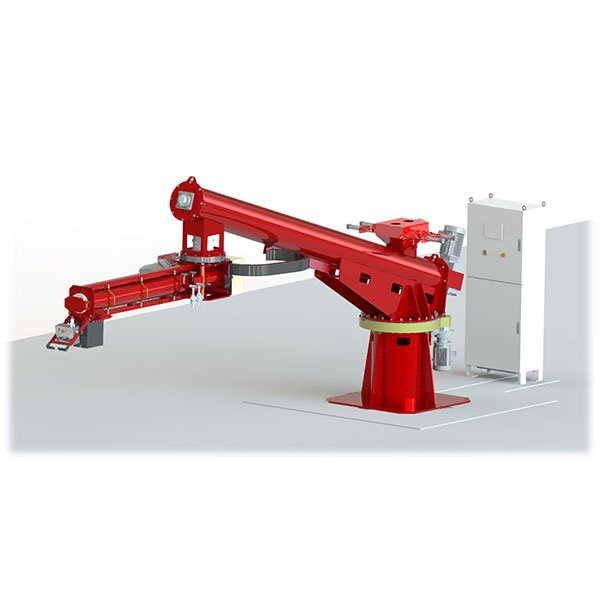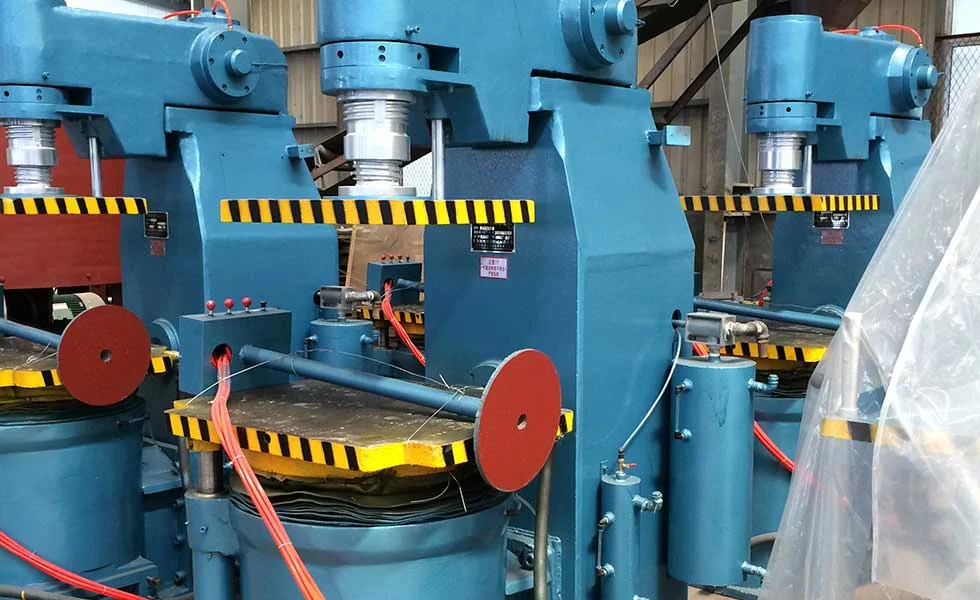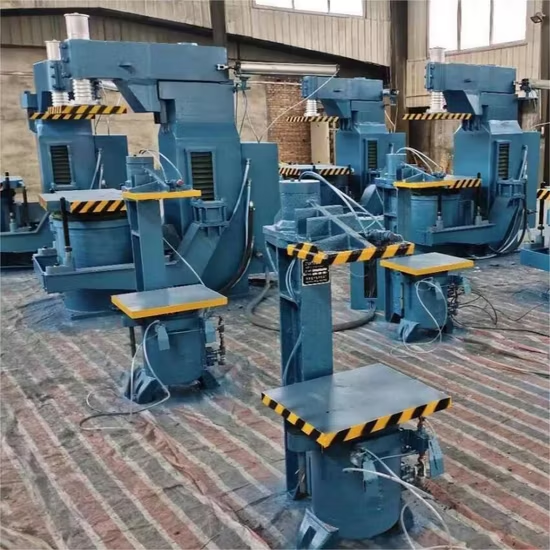
Frustrated by machines that break down too often, slow your production, or just don’t deliver the finish your parts need? You’re not alone.
To avoid costly downtime and poor surface results, you must choose a shot blasting machine that’s tailored to your exact workload — not someone else’s.
As someone who’s helped dozens of plant managers and engineers navigate this decision, I can tell you: buying the wrong machine doesn’t just hurt performance. It erodes trust, wastes time, and costs you money every day it runs under capacity—or worse, fails under pressure.
Understand Your Workload Requirements First?
Have you ever installed a machine only to find out later that it’s too small, too slow, or can’t handle irregular parts? That’s because no one started with your workload.
Your machine choice must be based on real production data—daily volume, material type, part geometry, finish level, and uptime expectations.
I’ve seen factories lose thousands of dollars because they guessed instead of calculated.
Typical Workload Metrics You Need:
| Parameter | Why It Matters |
|---|---|
| Daily Throughput | Avoids production bottlenecks |
| Material Type | Prevents excessive wear or part damage |
| Part Size & Geometry | Ensures parts fit and rotate properly in the chamber |
| Surface Finish Level | Matches the right abrasive and exposure time |
| Uptime Requirements | Supports production continuity and targets |
📌 Tip: When clients send us this info, we simulate workloads before a quote — this avoids surprises during commissioning.
Know the Main Types of Shot Blasting Machines?

Not all machines are built for your kind of work. Using the wrong type leads to inconsistent results and over-maintenance.
Each shot blasting machine type has a defined strength. Choosing the wrong one causes either inefficiency or damage to your parts.
I once had a customer using a tumble belt to clean structural beams — parts jammed, media wasn’t effective, and the machine wore out prematurely.
Comparison Table: Machine Types vs. Applications
| Machine Type | Ideal For | Common Customer Scenarios |
|---|---|---|
| Spinner Hanger | Delicate or complex parts | Aerospace, auto components |
| Tumble Belt | Small, durable parts in batches | Foundries, fastener production |
| Table Type | Flat, heavy or irregular items | Castings, gear housings |
| Roller Conveyor | Long and continuous profiles | Pipe mills, structural steel |
| Custom-Engineered | Special shapes or space constraints | High-mix low-volume operations, OEM workshops |
💡 Pro Insight: Ask yourself: “Does my part move, rotate, and clean well in this machine type?” If not, stop right there.
Key Factors to Match Machine to Workload?
Ever been told a machine had “enough capacity,” only to find it can’t clean parts fast enough?
A mismatch in shot flow, chamber space, blast wheel power, or media type leads to incomplete cleaning, breakdowns, and wasted operator time.
Let me show you what to look out for so you’re not replacing worn-out parts six months in.
Machine Capacity
| Factor | Why It’s Critical |
|---|---|
| Shot Flow Rate | Ensures full coverage in limited cycle time |
| Chamber Size | Prevents overloading or jamming |
| Number of Blast Wheels | Increases coverage speed and uniformity |
| Power (kW) | Impacts cleaning depth and cycle time |
Cycle Time vs. Throughput
If your machine can’t keep up, you’ll run overtime or leave parts half-treated. We help clients simulate their full 8-hour workload before we recommend blast wheel specs.
Abrasive Type Compatibility
Using the wrong abrasive? Your parts could be over-etched, your media cost could skyrocket, or your system could clog.
| Abrasive Type | Common Use Cases | Machine Requirements |
|---|---|---|
| Steel Shot | Rust, scale, heavy debris | High-resistance liners, powerful wheels |
| Aluminum Oxide | Etching, roughening | Sealed and filtered chambers |
| Glass Beads | Cosmetic finishing | Low-impact, gentle conveyance |
Maintenance and Downtime
If you’ve ever lost a shift because a bearing failed or media clogged the separator, you know the real cost of downtime. That’s why we emphasize easy-access maintenance panels and local support.
Decide Between Standard vs. Customized Equipment?

Custom machines can seem expensive—until you realize a “cheap” standard model is costing you hours every week.
If your parts are irregular, your floor space is tight, or your finish requirements are strict, customization pays for itself in uptime, speed, and safety.
Many of our pipe processing clients originally bought standard rollers, then called us six months later to fix or replace them.
Customization ROI Breakdown
| Scenario | Standard Fit? | Custom Needed? | Customer Pain Point |
|---|---|---|---|
| Large Pipe Sections | ✅ | Roller systems built for volume | |
| Asymmetric Weldments | ✅ | Standard loaders failed to align parts | |
| Low Ceiling Facilities | ✅ | Modified loader arm and reduced height | |
| High-Mix, Low-Volume Jobs | ✅ | Needed recipe storage, quick changeovers |
Custom doesn’t mean complicated. It means correct.
Questions to Ask Your Supplier Before Buying?
Many buyers forget to ask about lifecycle cost, future scaling, or media waste — until it’s too late.
You must vet your supplier not just for specs, but for real-world support, cost transparency, and system flexibility.
I always encourage our clients to use a checklist. We even give one away.
Supplier Evaluation Checklist
| Question | What It Protects You From |
|---|---|
| Can it handle peak demand? | Sudden overtime and backup |
| What’s the real cost of ownership? | Media loss, energy cost, wear parts |
| Is this system scalable? | Avoid total replacement later |
| How often is maintenance required? | Prevents unplanned downtime |
| Do you provide local service and training? | Minimizes wait time and knowledge gaps |
📝 Download: “12 Questions to Ask Before Buying a Shot Blasting Machine” PDF checklist
Common Mistakes to Avoid?

The most painful problems I see? Buyers chasing a low price or big spec sheet—without thinking about real usage.
If you ignore part variation, space limits, or service availability, you’re almost guaranteed to regret your purchase.
Here’s what clients have told me they wish they did differently:
- “We didn’t think about maintenance access. Now, we lose an hour per clean-up.”
- “We picked the cheaper model. But the media waste and downtime costs doubled.”
- “We didn’t tell the supplier about part length variations. Now, 30% of our parts don’t clean properly.”
Don’t be that buyer. Think practically, not hypothetically.
How Hi-Tech China Helps You Choose the Right Machine?
Most vendors quote fast, ship fast—and leave you to figure it out. We don’t.
Hi-Tech China works from your real workload, helps you simulate the process, and walks with you from planning to production.
Here’s how we turn your pain points into productivity:
- Engineering Consultation: We start with your workflow, not our catalog.
- Workload Simulation: You get visuals, not guesses.
- Industry-Specific Examples: From shipyards to auto plants—we’ve done it.
- Custom Options with Off-the-Shelf Speed: Tailored machines, fast timelines.
- After-Sales Support: Spare parts, training, and remote diagnostics built in.
That’s why we’ve stayed in this business since 1999—with clients that still trust us 20 years later.
Conclusion
The best shot blasting machine is the one designed around you. Your parts. Your floor. Your future. Don’t settle for standard when your needs are anything but.


